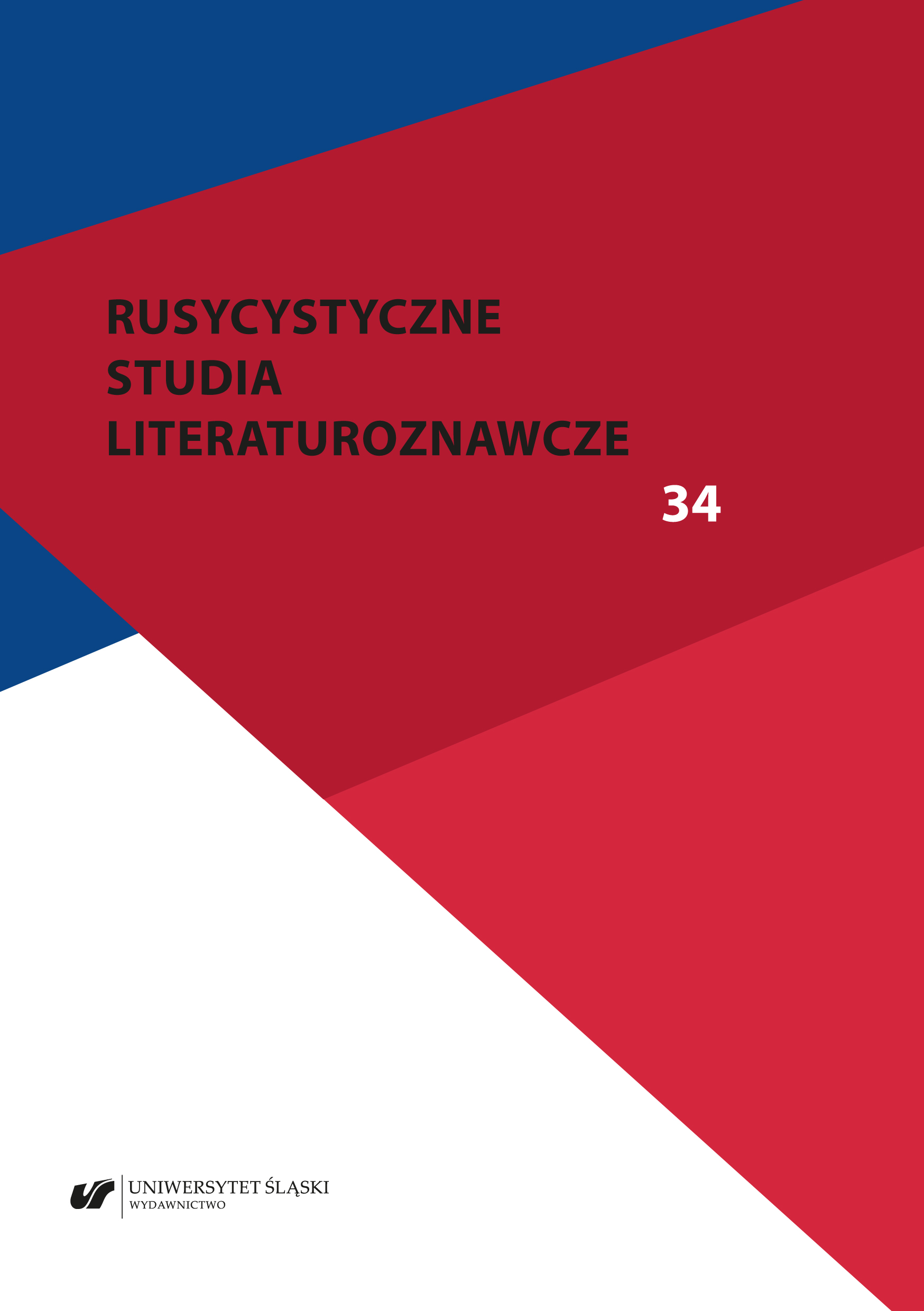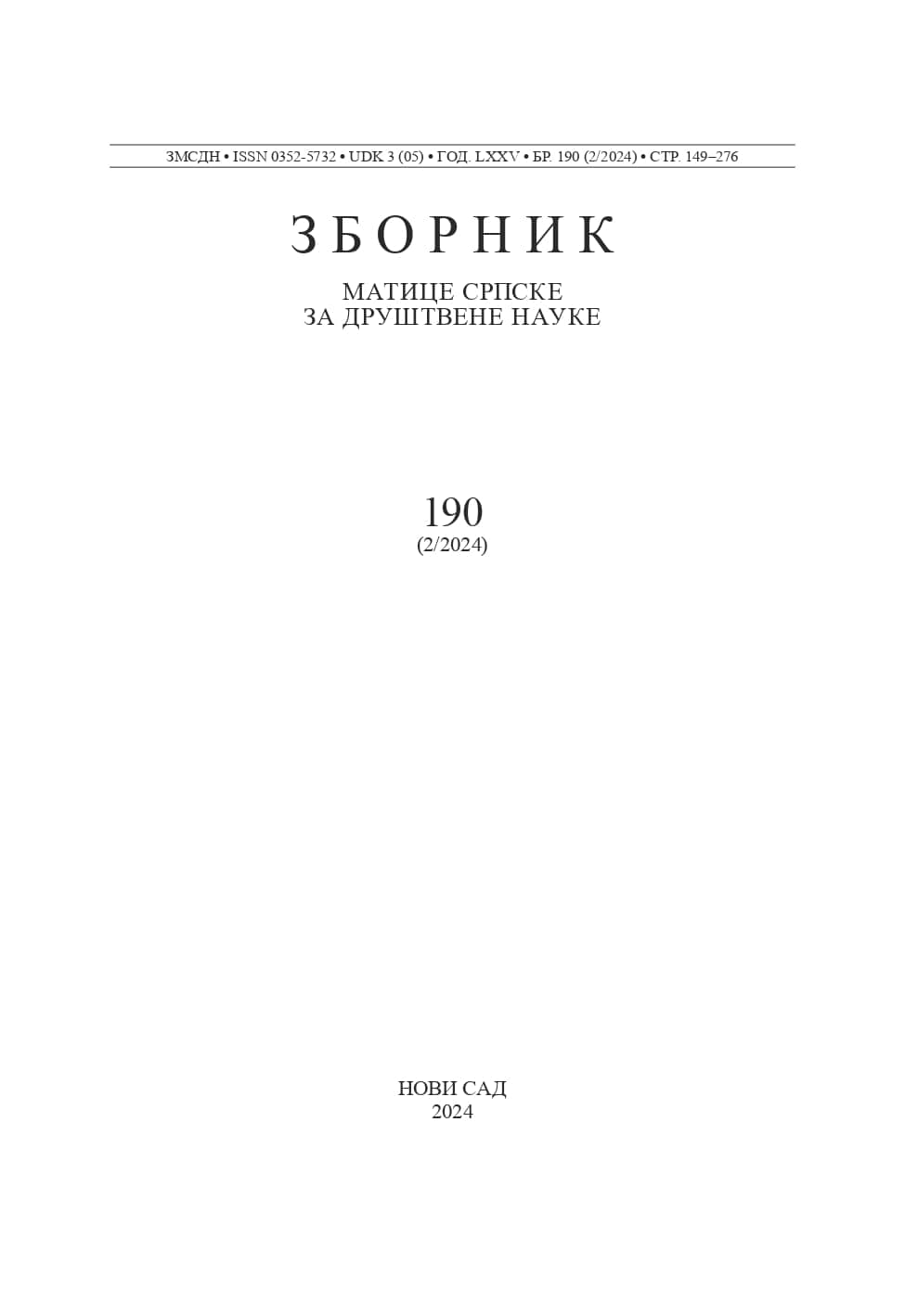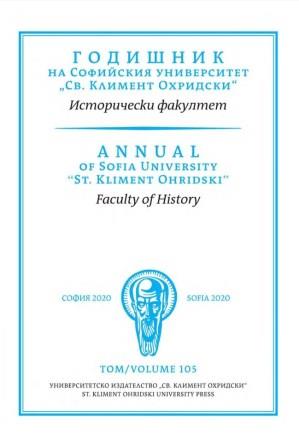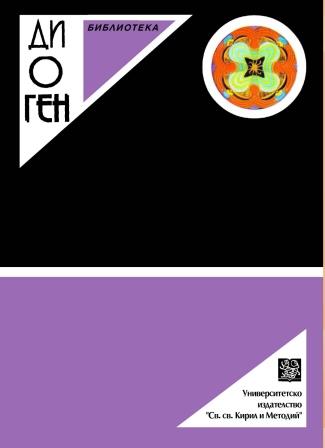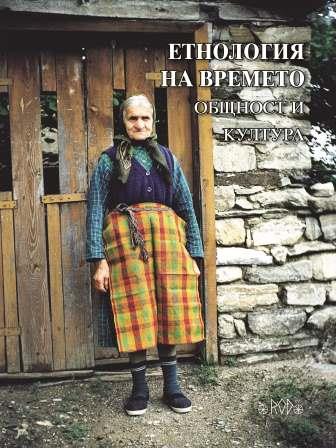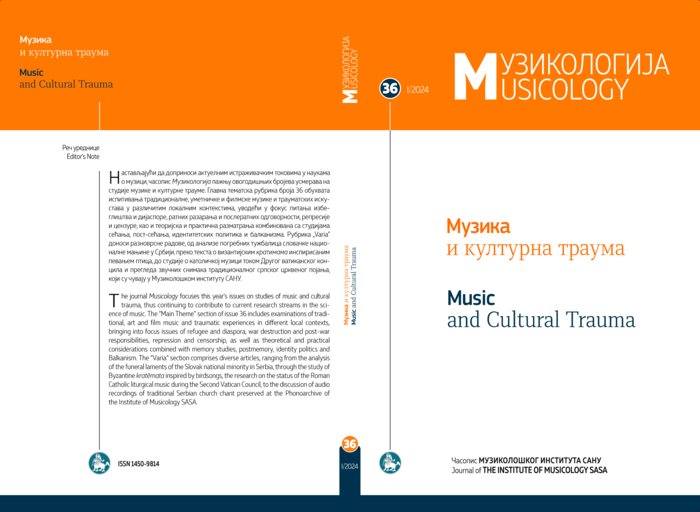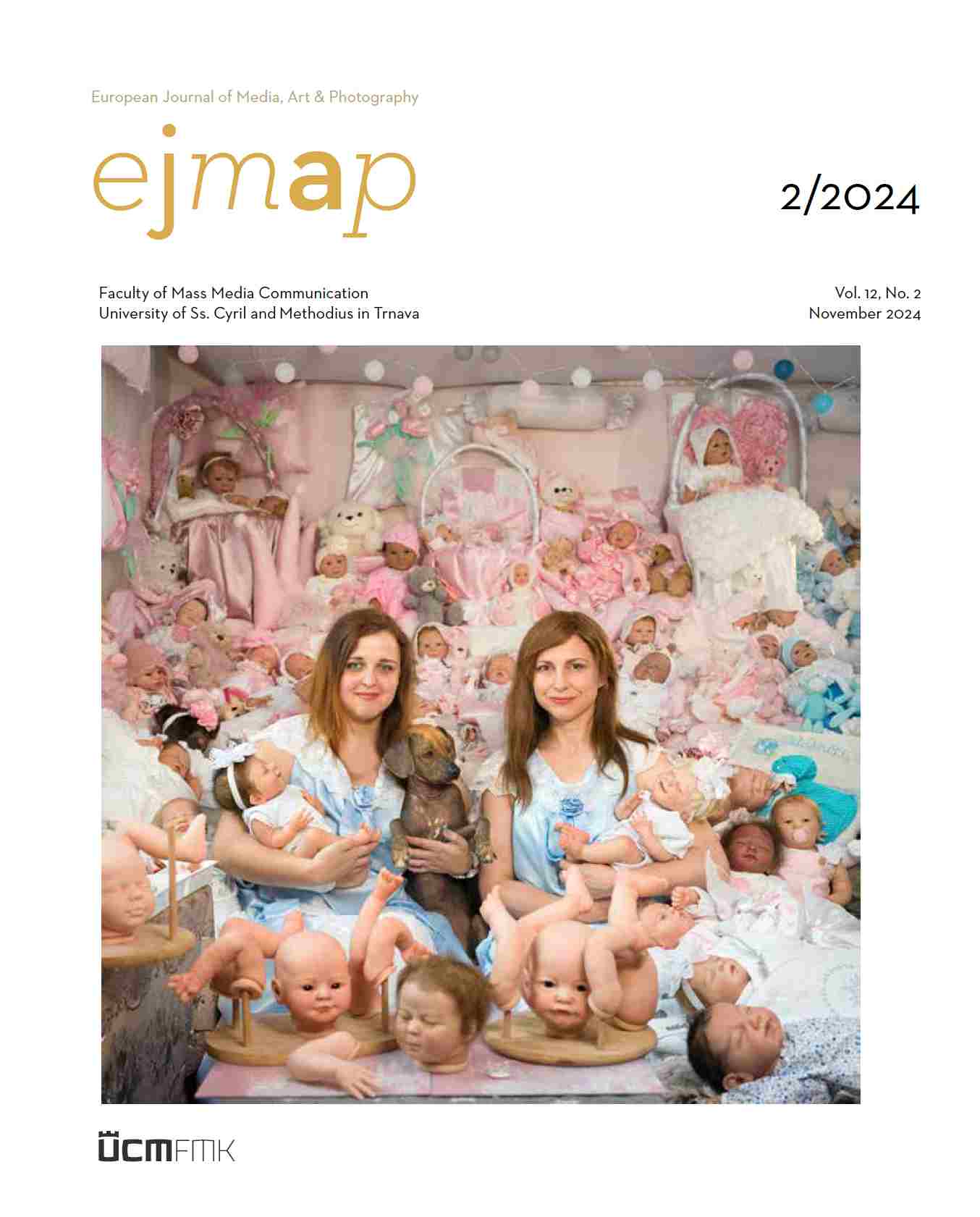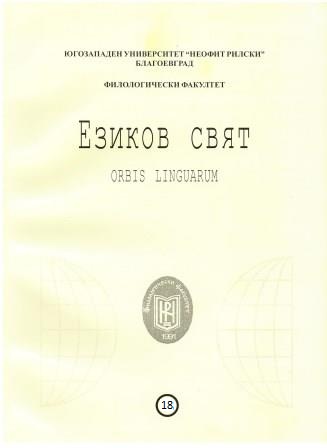
СМЯНАТА НА ИМЕНАТА НА БЪЛГАРИТЕ МЮСЮЛМАНИ – ЕДИН КИНОСЮЖЕТ ОТ 90 ГОДИНИ НА ХХ В.
The article presents the results from the study of one of the first movie projects concerning changing the names of the Bulgarian Muslims after 1989. Gori, gori, ogunche (Burn, Burn Fire) (1994), scenario – Malina Tomova, director – Rumyana Petkova, shows the picture of the life in Mugla – a small village settled high in the Rodopi Mountain, Bulgaria. In four series, the team created the movie revealing from a number of aspects one of the most painful processes in the Bulgarian history – changing the Turkish or Arabic names of Bulgarian followers of the Islam religion. The narrator’s point of view is presented through the conflict (in the beginning) between the visions of the main character in the scenario – the young female teacher Marina, who comes in the village from one of the biggest Bulgarian cities – on the one hand, and the traditional life and the communist ideology – on the other. In the article, this conflict that transforms the vision of Marina and turns her prejudices into compassion and understanding, is the main entrance into the psychology of the names changing processes and the social mechanisms, used by the people to relieve the pain and trauma. The movie is analysed in the light of the new tendencies in the Bulgarian cinema during the 70-ies – when the scenario was written, and the new political circumstances in the so-called Time of transition – when the movie was created.
More...
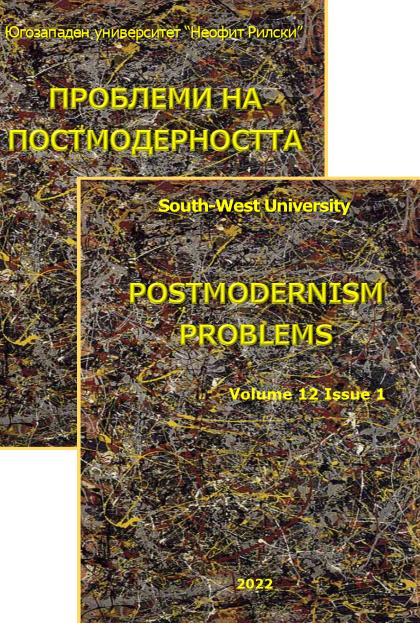
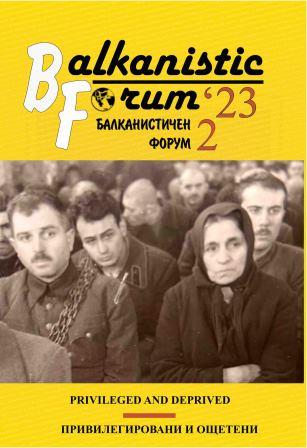
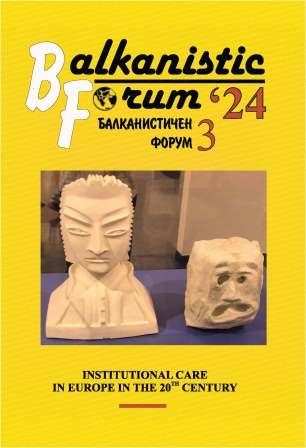
![Beat music, sláger, and different song translations in Socialist Hungary [Ignász, Ádám (ed.) (2023). Translation, adaptation, and intertextuality in Hungarian popular music. (Jazz under State Socialism. Volume 8). Lausanne et al: Peter Lang. Pp. 282]](/api/image/getissuecoverimage?id=picture_2024_84687.png)
